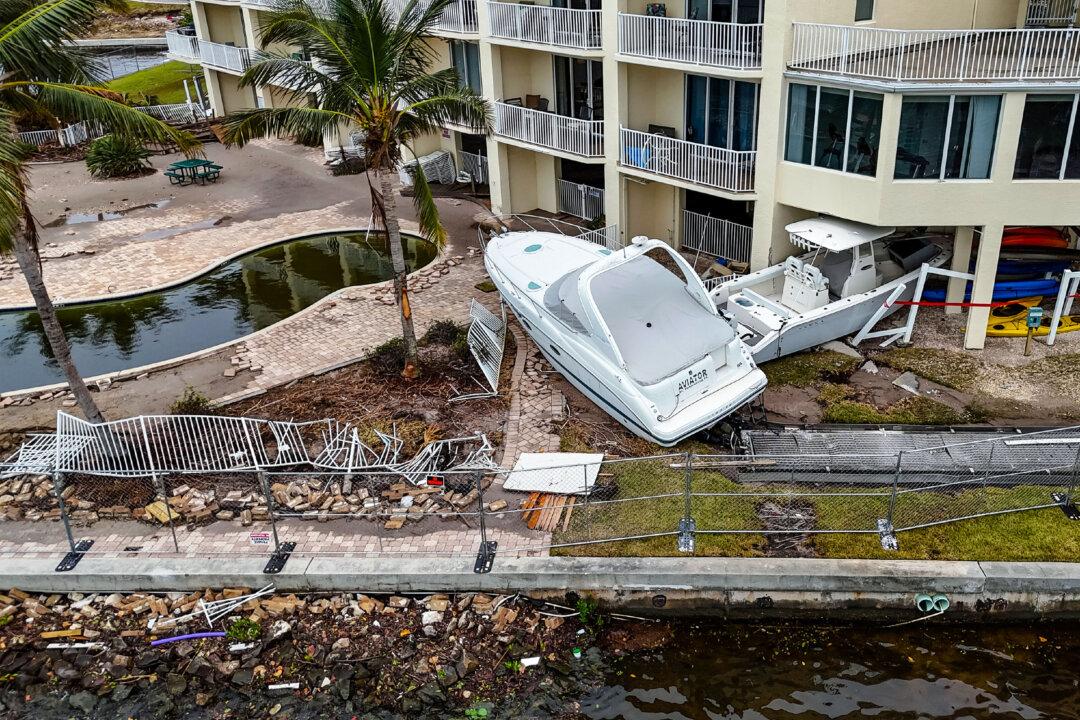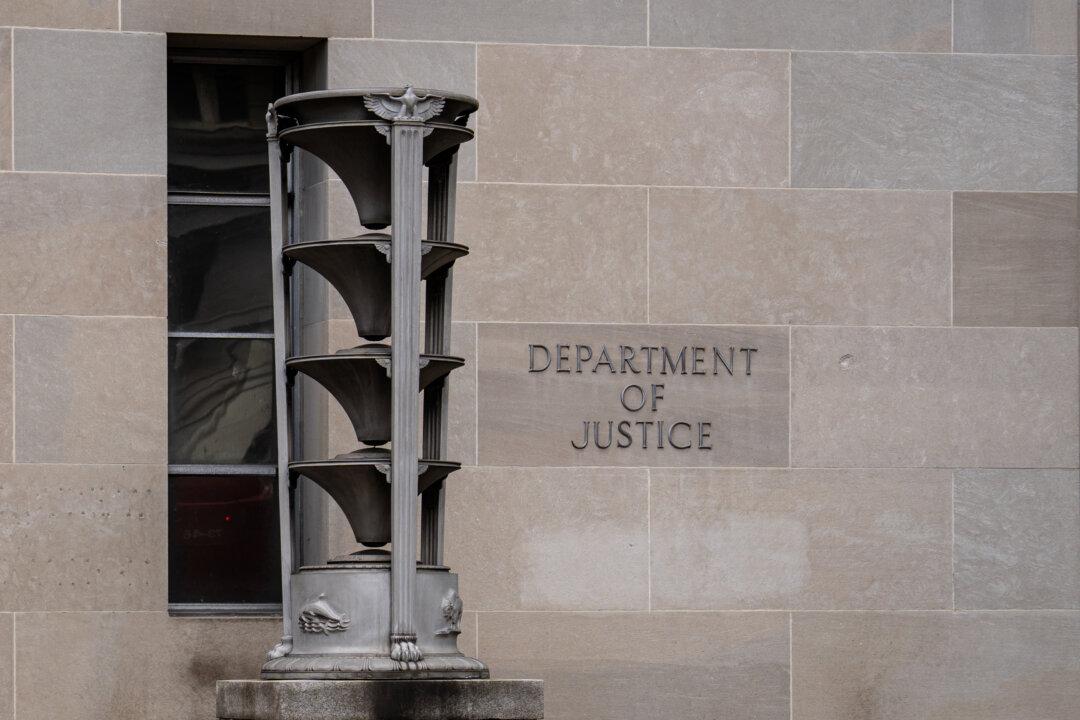The U.S. National Guard said on Sept. 29 that it has deployed more than 5,900 members from at least 10 states to assist with Hurricane Helene response efforts in several states across the Southeast.
The storm has caused widespread damage and power outages in flood-ravaged areas in Florida and North Carolina. More than 100 storm-related fatalities have been reported in six states, according to an Associated Press tally.





